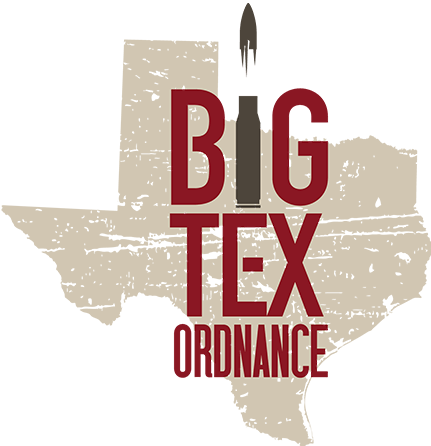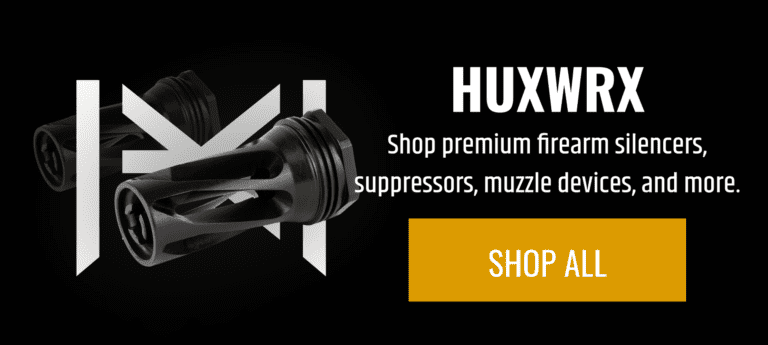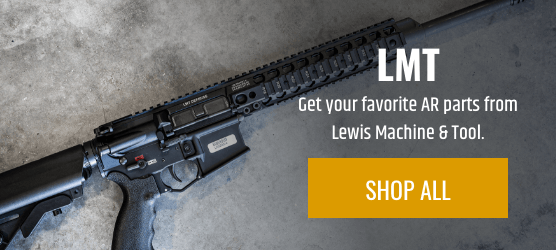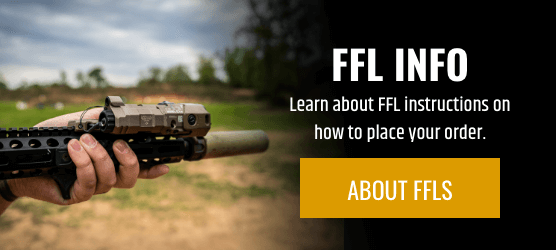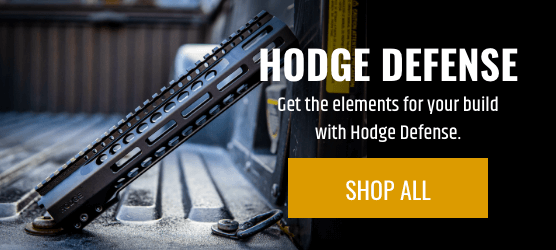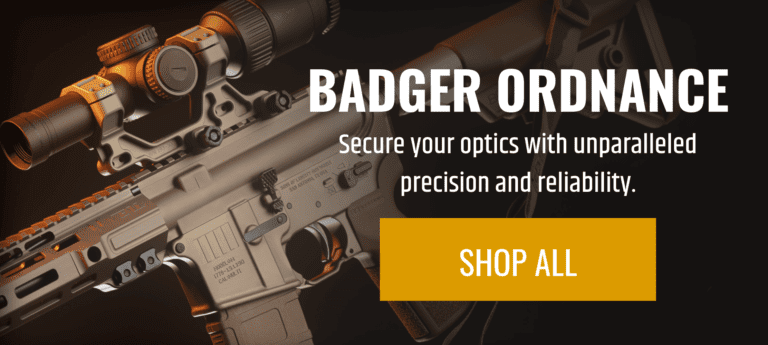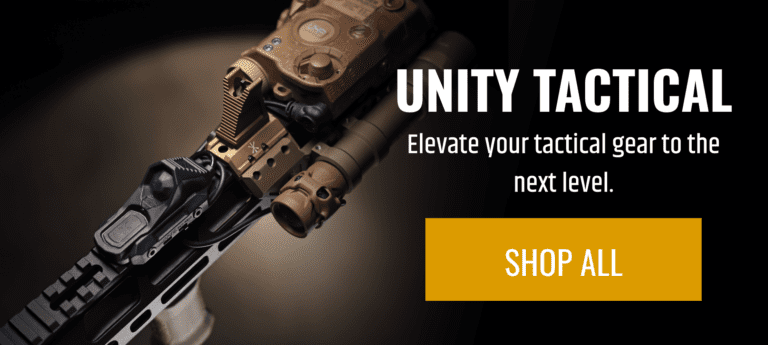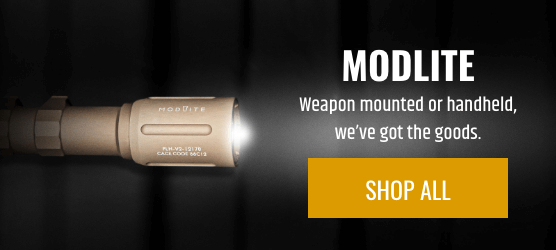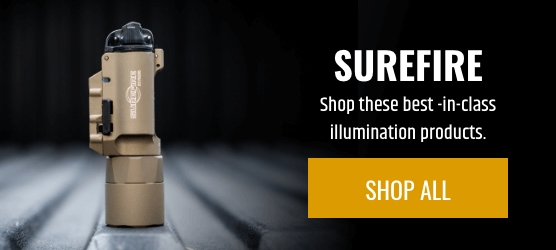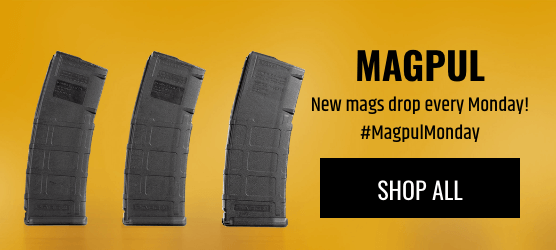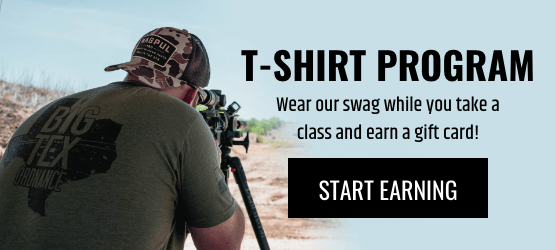

Modern Samurai Project 2 Day Red Dot Pistol Course AAR
October 20-21, 2018 | Geoff Keah
2 Day Red Dot Pistol Course, Modern Samurai Project, LLC, Scott Jedlinski as Instructor
Cresson, Texas- Hosted by Triple C Range
Gear
Gun: Gen 3 Glock 23, .40 cal
Trigger: Zev Technologies, Zev Pro Trigger
Red dot: Trijicon RMR RM07 6.5 MOA
Holster: HolsterCO OC OWB holster
Mag Pouch: Bravo Concealment Kydex Double Mag Pouch
Ammo: Fenix Ammunition .40 S&W 180gr FMJ, 600-700 rounds
Belt: 1.5” Rigid Cobra belt
Weather
Day 1: 59 – 73 degrees, partly sunny to sunny.
Day 2: 57 – 70 degrees, partly sunny to sunny.
What I expected going in
I think red dots have only really taken off in the last 2-3 years. When I decided to move to a red dot, the Glock 23 was the only pistol I had at the time. Once I would come on target and was able to find the dot, my accuracy was generally better than with iron sights. My main problem was drawing from a holster and having to “fish” for the dot. I was hoping to mitigate this, as well as being able to maintain sight on the dot during recoil.
What Really Happened
TD1
Weather was a big factor leading up to this event. It had pretty much rained the entire week leading up to class. Lots of flooding was occurring in the DFW area. I was pretty worried Friday night because it was still raining throughout most of the area. Long story short, the rain gods blessed us, and by Sat morning there was only light fog. Throughout the duration of the class, the sun managed to emerge and you couldn’t have asked for better weather. The pistol bay we used at Triple C was perfectly fine, some adjacent bays had a small amount of water still left behind.
Scott started off by welcoming everyone and doing a round robin so we could introduce ourselves. There were 9 people in the class which was great. He also included a good safety brief and had the designated people in the event of a medical emergency, and the hospital we could evac to should it be needed. Scott emphasized that this was not a tactics class, but rather focusing on the fundamental competencies to successfully run a red dot on the pistol. This took some of the “performance pressure” you might feel in certain tactics classes, if that makes sense. If you had any equipment malfunction, you cleared it and reset to start over.
Scott was able to give all of us a good amount of individualized attention. We started off learning proper stance, weight placement, and having a high grip on the handgun. As he emphasized, “slow is smooth, smooth is fast. Speed is the economy of motion. Speed is not useless frenetic movement.” He really delved into this, and wanted to make sure that just because you’re doing something slow, doesn’t necessarily make it right. The end game was to constantly work on all of the fundamentals to increase your speed and put rounds proficiently on target.
One of the interesting things I learned was to break the shot earlier in the draw sequence, rather than wait until you have the dot perfectly aligned in the center of the target. He covers a lot of how to marry your hands to the gun, as well as proprioception, or what you’d commonly think of as muscle memory.
We split into two groups and while the first relay shot, the second group watched and learned. In the early part of the day, we worked on zeroing the optic, by shooting three rounds into a 1” square at 10 yards. Throughout the day we shot generally between 3-10 yards. By the end of the day we were working on shooting with a red dot at close range. At 3 yards, we were taught several methods of putting rounds on target without utilizing the red dot at all. It was surprising at how accurate you could be without ever using a traditional sighting system.
We ended the day with shooting on the move. Most people tended to start off by almost coming to a stop when they were taking a shot, especially when making a lateral movement. Scott taught us how to trust the dot, and that you should be breaking the shot before it completely settles back down onto your next target. This was some work but everyone got the hang of it.
TD1 Take Away
Day 1 was definitely drinking from the fire hose. There was lots of information to digest and apply to the red dot sighting system. For two of the guys, it was their first formalized class they’d ever taken, and they performed phenomenally. Scott had presented everything in a very logical manner that progressed throughout the day, so that we could build upon a solid foundation of skill sets.


TD2
Honestly, Day 2, I was a bit remiss about taking notes. We worked a lot on “micro drills”, essentially working on specific task and getting it down. We were introduced to the Bill Drill, which we did at varying distances. This drill starts by being at a ready stance, and then drawing from a holster and putting 6 rounds into the center of the target. There are varying versions of this drill, but generally speaking, you should be putting all of the rounds into the A zone of an IPSC target (which is roughly 6” x 12”) at 7 yards. The national average par time is 3 seconds, the quickest I think I got was 2.66.
From what I remember, we worked on shooting while moving forward, either by using the crouch method or actually just standing normally and moving forward. Like most any instructor nowadays, Scott emphasizes that the techniques he was showing us were merely “a” way to do something and not necessarily “the” way. But he made us stop and think and rationalize *why* we were doing things the way that we did. And if the only reason was “this is how I was taught”, then he urged you to try his technique. And then after you’d completely an evolution, he would ask you which technique you felt was better. Most people were caught off guard by finding out the technique he had just taught would often bring their par time down. Of note, the second day utilized much more of the shot timer. This was great because you could tell how much progression you’d made throughout the day.
We ended the day by running a mock USPSA stage that he’d setup. It brought together all of the skill sets we’d learned that weekend. We shot at steel, shot while moving laterally, and then at the end of that stage, you’d have to decide how we were going to engage all of the targets. This was a fantastic way to end the day and see how you could stack all of the things we’d learned over the past 2 days. The first run was scored, then Scott walked through the course showing how he would have done it differently. He rounded out the day by showing us how he’d shoot it, and it was amazing at how fast he went through the course.
We finalized the day by conducting the usual hot wash, where everyone went around the group and giving their impressions of the class.
Day 2 Take Away
Day 2 was great. Lots of actually putting all of the skills together. On the first day, I was still having trouble “tracking the dot” through the recoil cycle. As I would look at the target, the dot was going all over the place, all over the window of the RMR, and even outside of the RMR. It was pretty frustrating. But by actually listening to Scott, particularly in relation to relaxing, proper handgun grip, and r e l a x i n g, I had my light bulb moment about half way through the second day. The dot was completely visible throughout the recoil cycle, and I was getting better about knowing when to break the shot to make an acceptable A zone hit.
Class Take Away
This class was great. This is an absolute must take class if you are new to red dots, or hell, even if you’ve been running one for a while. As with most classes, there were varying skill levels of shooters. But every single person learned something and came out a better shooter than they were before. And there were even a couple of guys that shot USPSA matches to some degree. The class progression was well thought out, and everything was conducted in a safe manner. Everyone had a great time, with a good balance of serious instruction and the occasional joking around. Safety was never an issue in this class. Everyone was squared away.
Gear Shake Down
I decided to put this here rather than in the class summaries. I experienced a good number of malfunctions on Day 2. Some of the reloads looked like they may have had some setback. Of note, I’m running the Zev Tech, Zev Pro Trigger. I recently had to send it back for warranty work. I only had a chance to get some rounds down range during one indoor shooting session during the week leading up to class. I had experienced a few malfunctions during this time. We aren’t sure what was causing the malfunctions. Was it the reloaded ammo? Was the aftermarket trigger not being able to properly pick up the rounds and put them into action? A couple thought the malfunctions may have been due to limp wristing some of the shots, as they tended to occur during evolutions involving multiple rounds. To say the least, it was very frustrating. But Scott gave me credit that I wasn’t letting it deter me, and I kept at it where some guys in previous classes went and sat it out for a bit.
Secondly, shooting the .40 cal can be somewhat challenging with a red dot. The recoil management has really started to become more evident vs. a 9mm gun. This translated during evolutions where the skill sets were stacked and multiple rounds were being fired. I felt it was harder to track the dot during the recoil cycle, and I was able to compare when I shot another students 9mm handgun. All things considered, I was hoping to get an RMR mounted to my FN 509, as I’d recently put in an Apex trigger and absolutely loved the way it tracks.
EDIT: After the class, over the next several months, I in fact mounted a Type 2 RM06 adjustable RMR 3.25MOA to my FN509. I prefer it over the 6.5 MOA dot. I can dial it up to more or less make the dot bigger, and I can dial it back down for more precision.
Instructor Shakedown
Scott was great. He’s an extremely knowledgeable person when it comes to the red dot sighting system. He was patient and made the material easy to digest. There was no way that anyone would come out of the class not being a better shooter. Since our class was relatively small, we all received a good amount of individualized instruction. Most of the class out shot me by leaps and bounds, but the awesome thing about Scott was that he never made you feel like you were one of the weaker links. If you carefully vet out who you take classes from, Scott’s name is held in high regard in the top tier of instructors out there.

